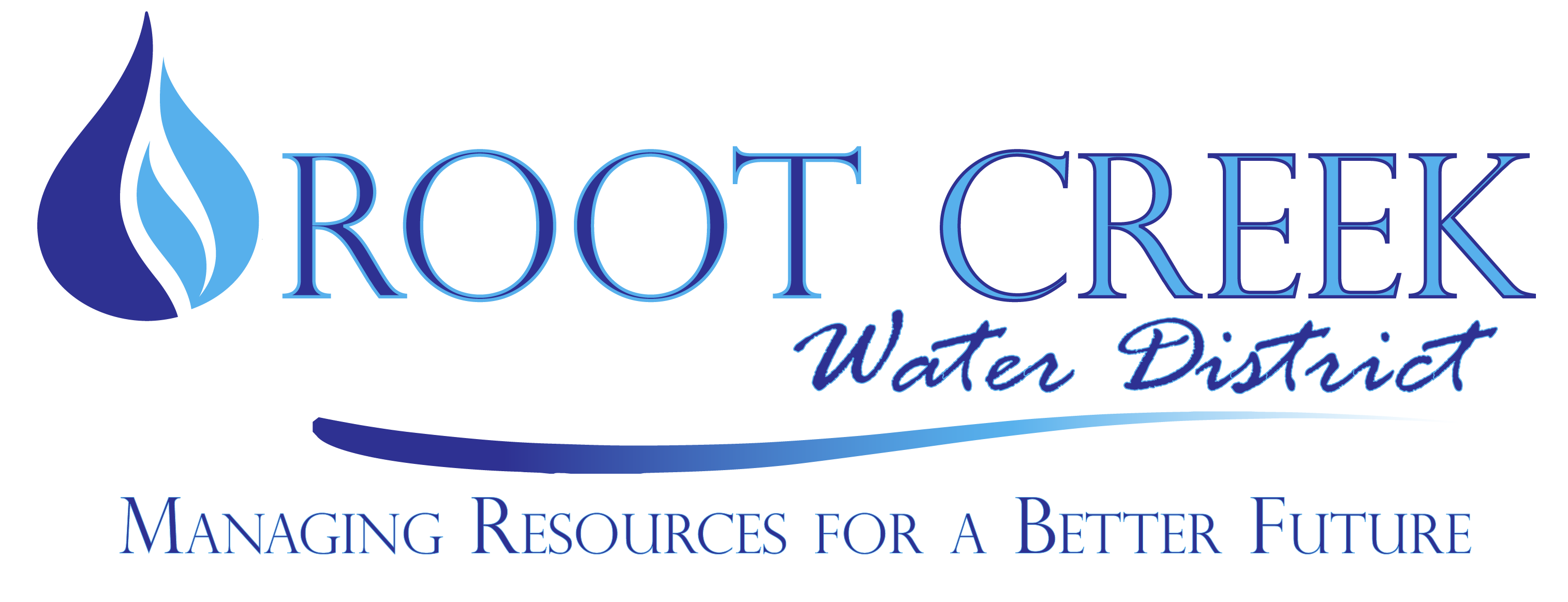General Information
Governance
The Root Creek Water District (“the District”) is a local public agency and is classified as a California water district. The District is not governed by any other agency, i.e. a county or city. The District is governed by a seven member board of directors. Elections are held in even number years.
The Root Creek Water District Groundwater Management Agency (RCWDGSA) was established in 2016, in compliance with the Sustainable Groundwater Management Act. The goal of the RCWDGSA is to maintain sustainable groundwater levels in the District boundary and to coordinate with adjacent groundwater agencies for the overall benefit of the Madera Subbasin.
Cost of Services
The District, like other California public agencies, collects only the actual cost of services, with rates and fees established through a public process in accordance with the California Constitution and state statute. The most recent municipal rate increases for water, sewer, and storm drain services were approved in 2021, with rates set through 2026. The 2022 rate increase authorized a 5-year fee schedule, with agricultural customers also assessed for groundwater pumping and surface water delivery charges.
A copy of the Rate Study, including the 2022 Municipal Proposition 218 Rate Study and Executive Summary, is available on the Meetings and Policies page. Current rates can be found on the District’s Services page.
There are two documents: 2022 Municipal Proposition 218 Rate Study and 2022 Municipal Proposition 218 Rate Study – Executive Summary, and are available on the Meetings and Policies page.
In 2022, municipal, commercial, and agricultural customers were notified of a proposed rate increase. Customers received written notification and instructions as to how they may participate in the election process. The District received written protests from several homeowners, as well as participation at the public hearing on the rates. A majority of landowners did not protest the proposed fees, and as a result a 5-year fee schedule was established through the 2026 calendar year.
Agricultural customers in the District are also assessed for services including groundwater pumping fees and surface water delivery charges.
The current rates are publicly available on the District’s website on the Services page.
Water Quality
The District’s drinking water supply is regulated by the California Division of Drinking Water and operates under a drinking water permit issued by the State of California. The District is in compliance with the permit water quality requirements and is required to regularly provide water quality testing results to the State of California.
Water is sampled and sent for laboratory testing on a regular basis, in accordance with a sampling schedule established by the State Water Resources Control Board. Water samples are procured from multiple locations in the system, including at well sites, from the water delivery system and directly from residential and commercial units. The State Water Resources Control Board staff reviews and monitors these results, and the District is in regular communication with them as the system expands to accommodate additional customers.
Colored Water
Water supply for the Riverstone Development is generated from groundwater wells. The Southeast Madera region water supply does have the presence of Iron Manganese, natural occurring minerals in local groundwater. The State of California requires the application of Chlorine in drinking water systems. When Iron or Manganese interact with Chlorine, there is the possibility of a discoloration in the water. The long-term solution to solve this problem is the construction of a water blending facility, which is currently underway and will be complete at the end of 2025. The Drinking Water Treatment and Blending Facility will cost approximately $25 million to construct. Funding for the facility is not generated from rates paid by Riverstone residents through bimonthly service charges. Funding for the facility originates from developer and builder connection fees and municipal bonds.
In the short term, the District is decreasing the amount of Chlorine in the water system to decrease the potential for colored water. At the same time, we have put together a program to isolate the minerals at the well and decrease the interaction with the Chlorine. Additionally, fresh water is being flushed into the system on a regular basis to decrease the interaction with Chlorine. You may see our field staff flushing water from hydrants in the neighborhood. This is an effort to keep water moving and decrease the amount of time water is stationary, decreasing the amount of time for Chlorine to interact with minerals.
The Root Creek Water District (“the District”) is a local public agency and is classified as a California water district. The District is not governed by any other agency, i.e. a county or city. The District is governed by a seven member board of directors. An election will be held November 5, 2024 to fill three seats on the board of directors. The application period to submit a declaration of candidacy begins July 15, 2024 and concludes at 3:00 p.m. PST on August 9, 2024. Please email info@rootcreekwd.com to obtain a declaration of candidacy packet, or call (559) 255-2305.
The Root Creek Water District Groundwater Management Agency (RCWDGSA) was established in 2016, in compliance with the Sustainable Groundwater Management Act. The goal of the RCWDGSA is to maintain sustainable groundwater levels in the District boundary and to coordinate with adjacent groundwater agencies for the overall benefit of the Madera Subbasin.
Projects
The construction of district facilities is funded through connection fees paid by the developer and builders and municipal bonds. Facilities costs are not funded through municipal and commercial customer service rates.
The District is currently constructing a water treatment and blending facility, which is scheduled to be completed at the end of 2025. The project will cost $25 million to complete and is intended to address the colored water issue occurring in parts of the water system.
The District recently completed an expansion of the “in-lieu pipeline” which delivers imported surface water inside the District boundary. The expansion allows for the delivery of an additional 1,000 acre feet of surface water when water is available for purchase by the District.
Currently in the design phase is a 1.4 million -gallon-per-day wastewater treatment facility which will serve the entire Riverstone Development at full build out.
Surface Water Supply
Root Creek Water District purchases and imports surface water in years when water supply is available. The District has two water supply agreements which allow delivery of water to the District using Madera Irrigation District’s Lateral 6.2 and a delivery turnout located to the North of Avenue 12. Surface water is delivered to the farms and ranches in the district, thereby alleviating the need for groundwater pumping. This process is known as “in-lieu recharge” and is a common and effective method of maintaining sustainable groundwater resources.

